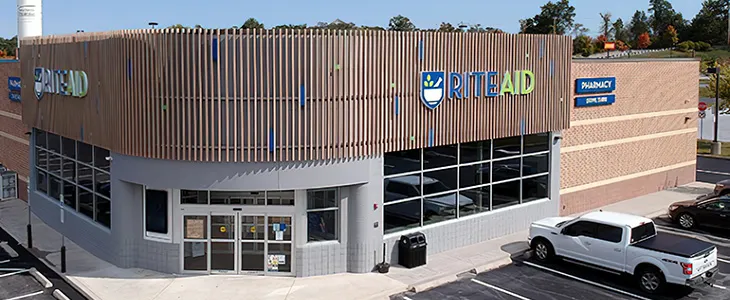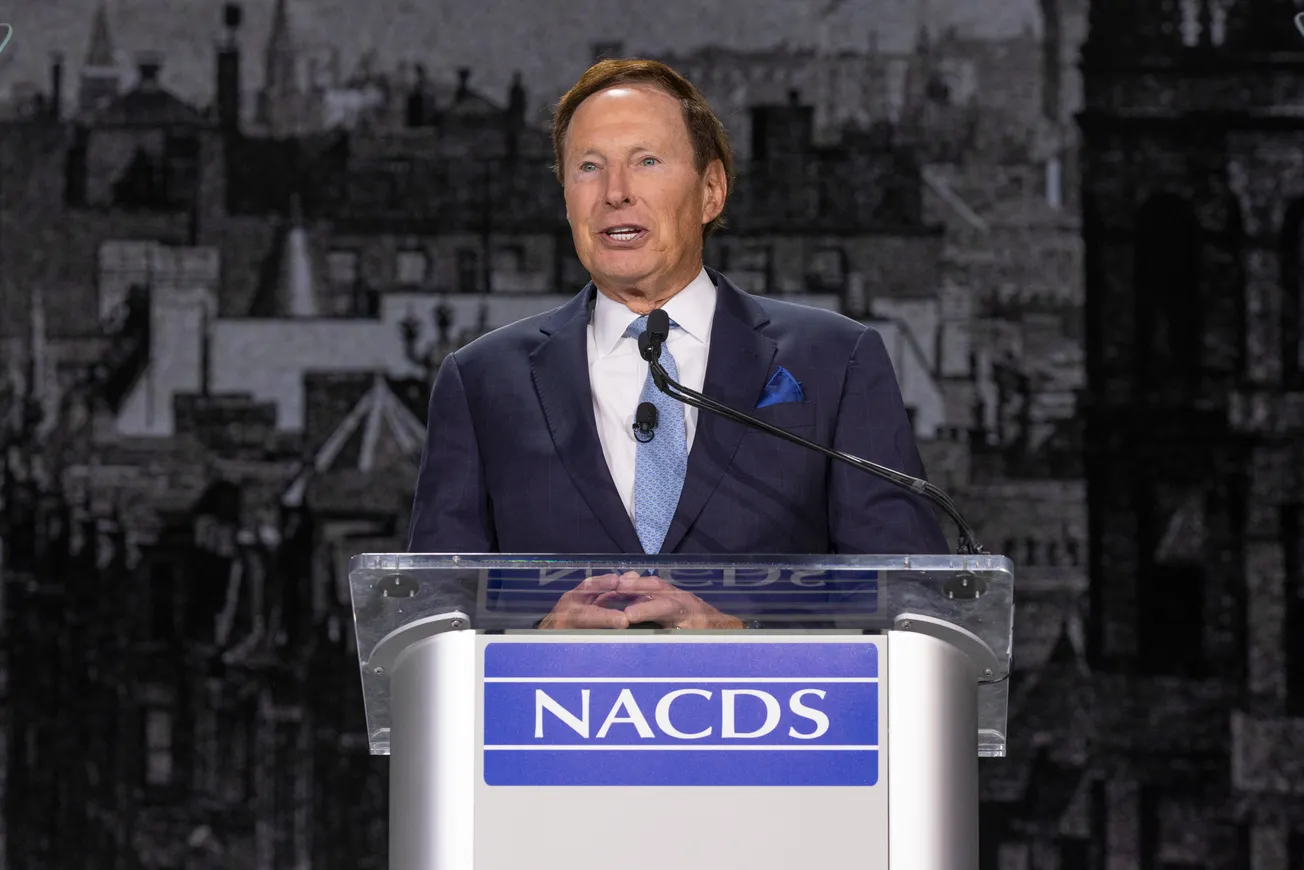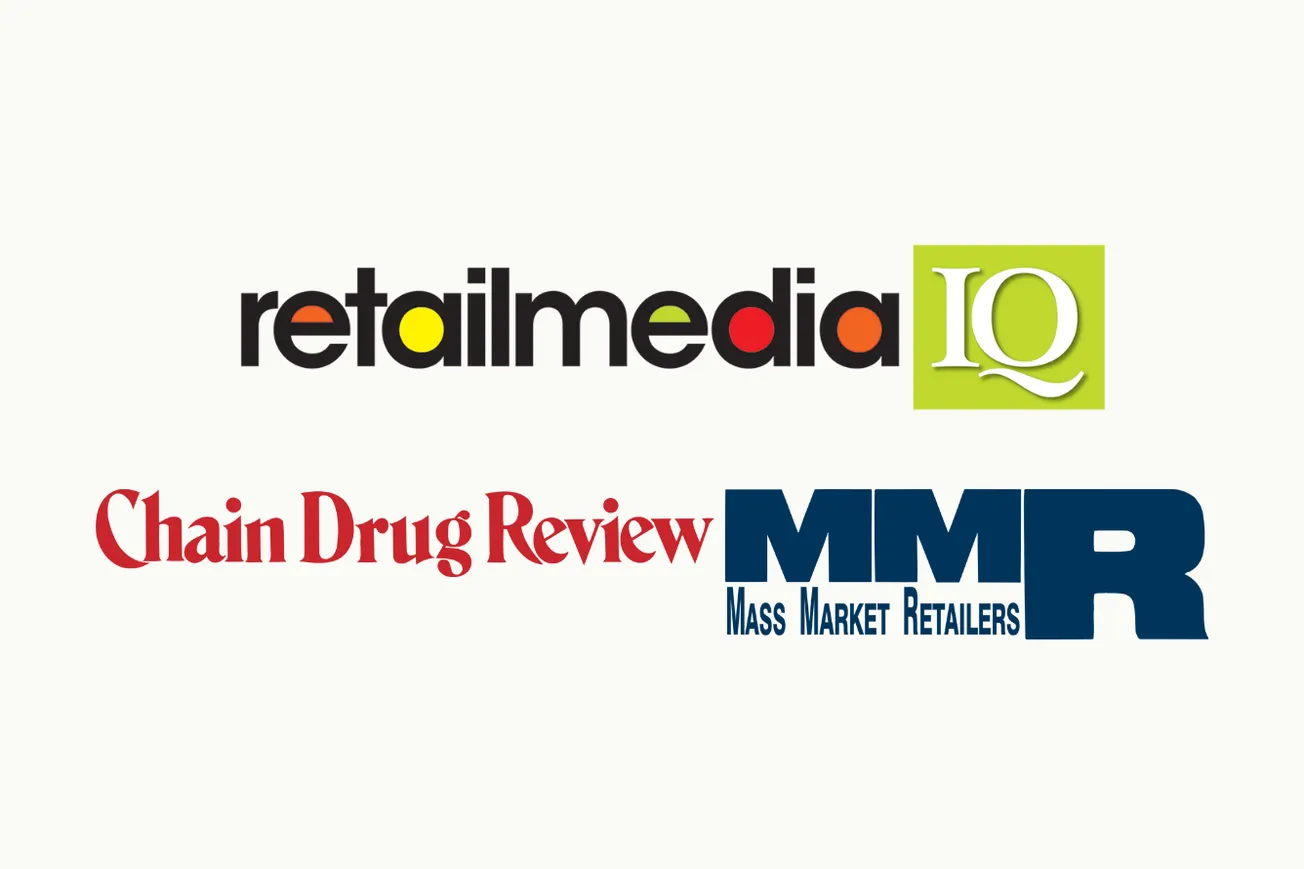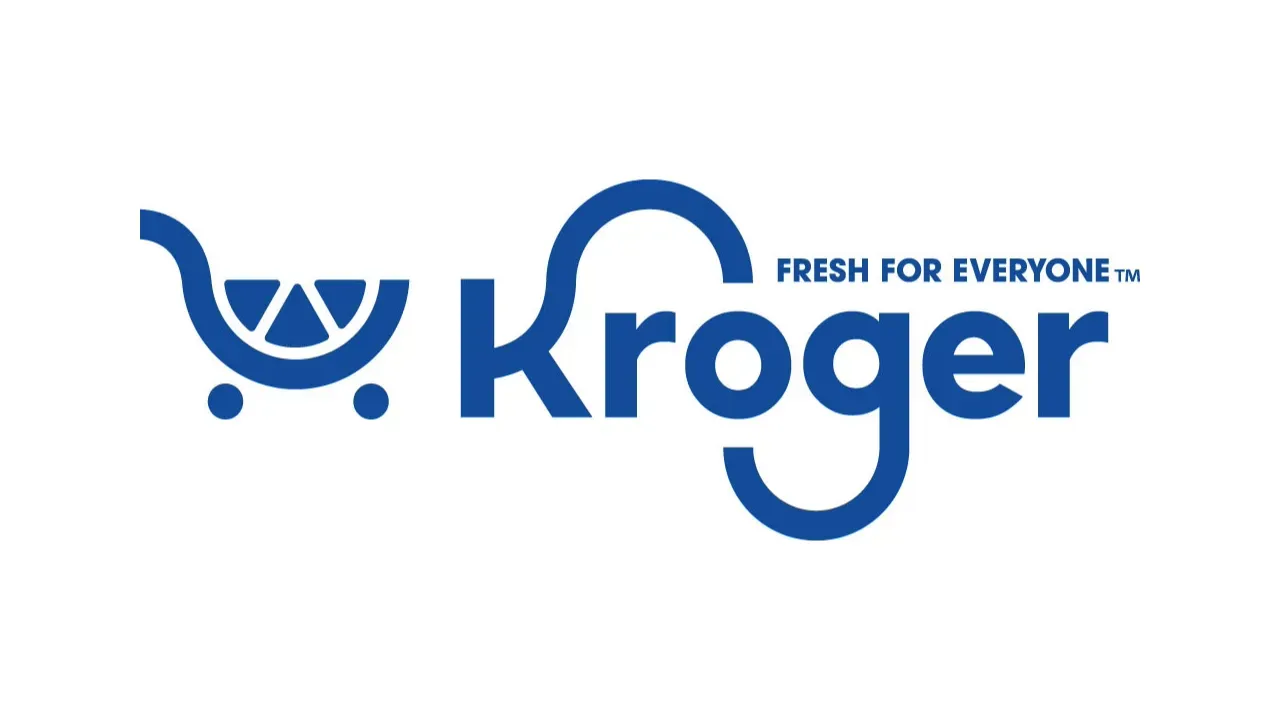PHILADELPHIA — Rite Aid on Thursday reported a narrower first quarter loss and more revenue than analysts had expected.
The company’s adjusted loss per share of 60 cents for the period ended May 28 was smaller than Wall Street’s consensus projection of a7 0 cents loss. Sales of $6.01 billion beat the predicted $5.7 billion.

Heyward Donigan
Rite Aid raised its revenue outlook for the 2023 fiscal year to between $23.6 billion and $24.0 billion, based on increased utilization of higher cost drugs at Elixir . In April, management forecast a range of $23.1 billion to $23.5 billion.
“We continue to make strides on our journey to transform Rite Aid and define the modern pharmacy. In the first quarter we increased our non-COVID prescriptions, reduced SG&A, built momentum at Elixir and delivered solid results across the business. The entire Rite Aid team looks forward to advancing our pharmacists’ role in improving health outcomes,” said president and CEO Heyward Donigan.
The company reported a net first quarter loss of $110.2 million, or $2.03 per share, compared to last year’s first quarter net loss of $13.1 million, or 24 cents per share. The adjusted net loss was $32.8 million, which compared to last year’s adjusted net income of $20.9 million or 38 cents per share. The red ink is due primarily to higher facility exit and impairment charges driven by previously announced store closures and a decrease in adjusted EBITDA to $100.1 million, or 1.7 percent of revenues. These items were partially offset by an increase in gain on sale of assets resulting from script file sales of certain of the store closures.
Retail Pharmacy segment revenues decreased 0.1 percent over the prior year quarter, driven by a reduction in COVID vaccine and testing revenue as well as store closures, offset by an increase in non-COVID prescriptions. Same-store sales for the quarter increased 4.6 percent, consisting of a 6.6 percent increase in pharmacy sales, partially offset by a 0.5 percent decrease in front-end sales. Front-end same store sales, excluding cigarettes and tobacco products, were flat. The number of prescriptions filled in same stores, adjusted to 30-day equivalents, increased 0.9 percent. Total non-COVID same store prescriptions increased 3.7 percent, with same store maintenance prescriptions increasing 1.4 percent and other same-store acute prescriptions increasing 11.9 percent. Prescription sales accounted for 70.8 percent of total drugstore sales. The total store count at the end of the quarter was 2,361.
Retail Pharmacy adjusted EBITDA was $73.7 million, or 1.7 percent of revenues, compared to last year’s adjusted EBITDA of $94.9 million, or 2.2 percent of revenues. The decline was due to decreased gross profit, partially offset by a decrease in selling, general and administrative (SG&A) expenses of $40.5 million. Gross profit was negatively impacted by the decline in COVID-19 vaccinations and testing. The gross profit headwind from reduced COVID related services was partially offset by an increase in prescriptions filled and improved front end gross margin. SG&A expenses benefited from lower payroll, occupancy and other operating costs due to store closures and cost control initiatives.
Pharmacy Services segment revenues were $1.7 billion, a decrease of 7.8 percent. The drop was primarily the result of a planned decrease in Elixir insurance membership and a previously announced client loss due to industry consolidation, offset by higher retained rebates from a new rebate aggregation arrangement and increased utilization of higher cost drugs.
Pharmacy Services adjusted EBITDA was $26.4 million, or 1.5 percent of revenues, compared to last year’s $44.0 million, or 2.4 percent of revenues. The reduction resulted from the decline in revenues associated with lost clients, and an increase in the medical loss ratio at Elixir insurance, partially offset by higher retained rebates from the new rebate aggregation arrangement.
For the full fiscal year, Retail Pharmacy sales are expected to be between $17.35 billion and $17.65 billion and Pharmacy Services revenue to be between $6.25 billion and $6.35 billion (net of any intercompany revenues to the Retail Pharmacy segment).
The full year net loss is expected to be between $246.3 million and $203.3 million. The estimates for net loss have increased due to increased impairment charges for closed stores and an increase in interest expense due to recent and anticipated interest rate increases throughout the year.
Adjusted EBITDA is expected to be between $460 million and $500 million. Retail Pharmacy adjusted EBITDA is expected to be between $320 million and $350 million and Pharmacy Services adjusted EBITDA is expected to be between $140 million and $150 million.
The adjusted net loss per share is expected to be between 66 cents and $1.19.
Capital expenditures are expected to be approximately $250 million, with a focus on investments in digital capabilities, technology, prescription file purchases, distribution center automation and store remodels.
The company expects to generate positive free cash flow.










